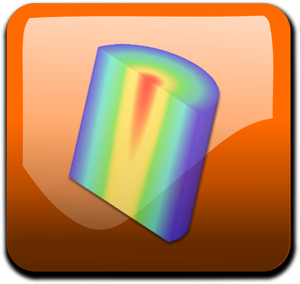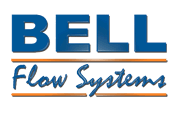Flow Meter Guide
Which Type Of Flow Meter Do I Need?
Complete with explanations of their operation and suitability information for each type shown. |
Coriolis Flow MetersRenowned for their outstanding accuracy and versatility in measuring challenging flow applications, coriolis flow meters have been employed in a wide variety of industries. They can measure multiple process variables from one sensor, including; mass flow, volume flow, temperature, density and pressure, giving an unrivalled measurement results. |
|
Electromagnetic Flow MetersMagnetic flow meters provide obstruction free flow measurement and so are suitable for all conductive liquids including: chemicals, food stuffs, pulps, acids, pharmaceuticals, slurries and effluent. Their high accuracy is unaffected by changes in fluid viscosity, line pressure, temperature or density. |
|
 |
Positive Displacement Flow MetersPositive displacement flow measurement technology accurately measures the volume of liquid passing through the flow meter by directing the fluid to mechanically displace components in the meter in order to measure its flow as discreet parcel volumes. Prior calibration and sound engineering tolerances ensure superior accuracy and repeatability from many styles and variations of PD meter. |
Turbine Flow MetersTurbine meters measure flow using the mechanical energy of the fluid or gas to rotate a turbine rotor within the flow stream inside the meter. The rotations are measured and calculated to provide a proportional measurement relative to flow rate. |
|
Ultrasonic Flow MetersClamp on ultrasonic flow meters have become more popular throughout the water, food, chemical, process and building services industries due to their ability to measure in-situ flow rates from outside the pipework with optimum accuracy. |
|
 |
Variable Area Flow MetersThere are two main types of variable area flow meters or Rotameters, standard VA meters for vertical installation and the more advanced spring-loaded range of sharp edged orifice models for installation in any orientation. |
Vortex Flow MetersThe measuring principle of these particular flow meters is based on the Karman vortex street, where DP technology is used to measure tiny vortices that form when media in the pipe moves across a strut, or "bluff bar", the number of vortices formed is directly proportional to flow rate. |
|
Open Channel Flow MetersOpen channel flow measurement solutions. There are a range of effective technologies for the measurement of water and waste water flows within open channels including flumes, weirs, drains or partially filled pipes. |
|
Heat / BTU Flow MetersA heat meter is a device which measures thermal energy provided by a heat source or delivered to a heat sink, by measuring the flow rate of the heat transfer fluid and the change in its temperature (ΔT) between the outflow and return legs of the system. |
|
 |
Thermal Mass (Calorimetric) Flow MetersThermal mass flow meters make use of the thermal properties of gases to determine mass flow and are typically used to measure the mass flow of clean gases, such as air, nitrogen and hydrogen. However a range of gases and gas mixtures can be calibrated for and some instruments can be adjusted in the field |
Insertion Flow MetersThese flow meters are often used on large bore pipes for cost saving reasons or due to speed and ease of installation. Another popular use of such flow meters is "Hot Tapping" where an insertion flowmeter is fitted into the pipe during operating conditions while the pipework is still full, using a specially drilling rig and valve assembly. |

